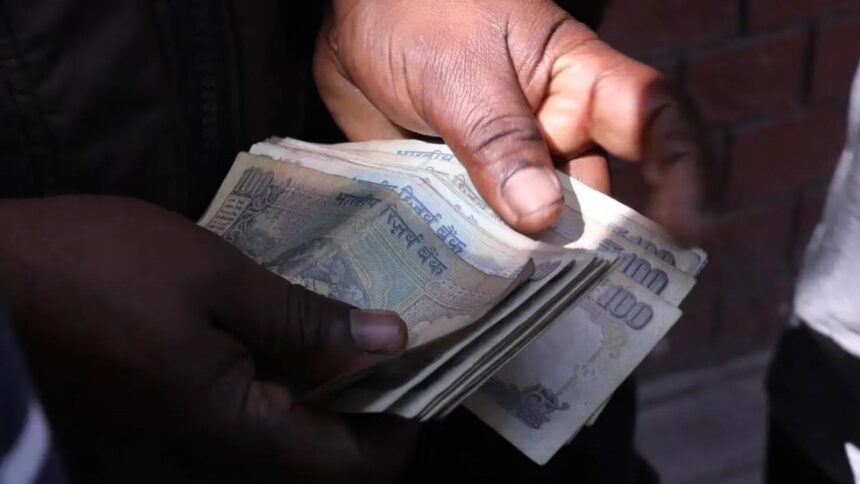India’s household debt marginally increased to 23.9 per cent of GDP in FY25 as against 23.1 per cent of GDP in FY24 with the rise in retail loans being the key driver of credit growth after the pandemic, leading to concerns of over-leverage, US banking group Morgan Stanley said in a report.
The uptick in household debt, and the simultaneous decline in household net financial saving, has sparked concerns about over-leverage and stress in the household balance sheet. India’s total household saving (financial and physical) was marginally down at 18.1 per cent of GDP in FY24 against 19 per cent of GDP pre-pandemic, Morgan Stanley said.
While stating that the current household debt level is manageable, Morgan Stanley said, “We expect household debt growth to continue to outpace nominal GDP growth as a reflection of improved credit penetration. The key to assess sustainability of the debt dynamics will be income growth, which, in our view, will sustain around nominal GDP growth.”
Measuring household debt
According to Morgan Stanley, core household debt — which is the sum of personal loans (only to households) and credit extended by nonbank sources only to households — is a better metric to track, while the RBI follows a wider definition for household debt that also includes unincorporated enterprises. As a result, the RBI’s household debt reading is higher at 42.1 per cent of GDP.
“The downtrend in net financial savings only paints a partial picture — i.e., mortgage-led leverage drove the increase in financial liabilities, but, at the same time, also brought about an increase in physical saving,” Morgan Stanley said. Looking at the trend in asset quality as a marker for household stress, stressed assets in the personal loan segment rose only marginally, it said. Further, the RBI’s regulatory tightening that led to a meaningful slowdown in credit, didn’t further exacerbate the asset quality, with spillovers to other segments. “While certain pockets of retail lending, particularly unsecured loans by MFIs, have seen a rise in stress, this does not pose systemic risks as their share in the overall retail loan book remains small,” Morgan Stanley said.
It said the recent rise in retail loans has led to concerns on rising indebtedness at the household level. “This has led to the narrative of higher household leverage, lower net financial saving, and patchy income growth, increasing distress in the household balance sheet. Further, the growth slowdown in the second half of calendar year 2024 has raised concerns that weakness in consumption demand may reflect rising stress in the household balance sheet — and thus could weigh on the overall growth trend, it said.
What rise in household debt shows
Household financial assets (gross) have remained steady at around 11.4 per cent of GDP in FY24 (vs. pre-pandemic trend of 10.5-12 per cent of GDP), even as financial liabilities have risen to 6.2 per cent of GDP (vs pre-pandemic trend of 3.0-4.4 per cent of GDP). Again, noting that physical savings have risen, while net financial savings are at 5.2 per cent of GDP in FY24 (8.1 per cent of GDP in FY20), overall saving (physical and financial) is only a tad lower, at 18.1 per cent of GDP (vs 19 per cent of GDP pre-pandemic), it said.
Moreover, the changing household saving-investment balance has not impacted the aggregate saving-investment balance (i.e., current account balance), and/or led to any price pressures stoking inflationary risks. Indeed, the overall current account deficit (gap of saving – investment) has averaged 1.3 per cent of GDP between FY22 and FY24, it said.
Morgan Stanley said the increase in household debt is a reflection of structural shifts, such as increasing financialisation and digitisation, alongside behavioural changes among households.
“Given the low starting point of household debt (vs other countries), we expect household debt growth to continue to outpace nominal GDP growth. As such, the rise in leverage will have to be assessed in the context of nominal wage growth, which, in our view, will sustain around nominal GDP growth, with medium-term real GDP growth at 6.5 per cent,” it said.








